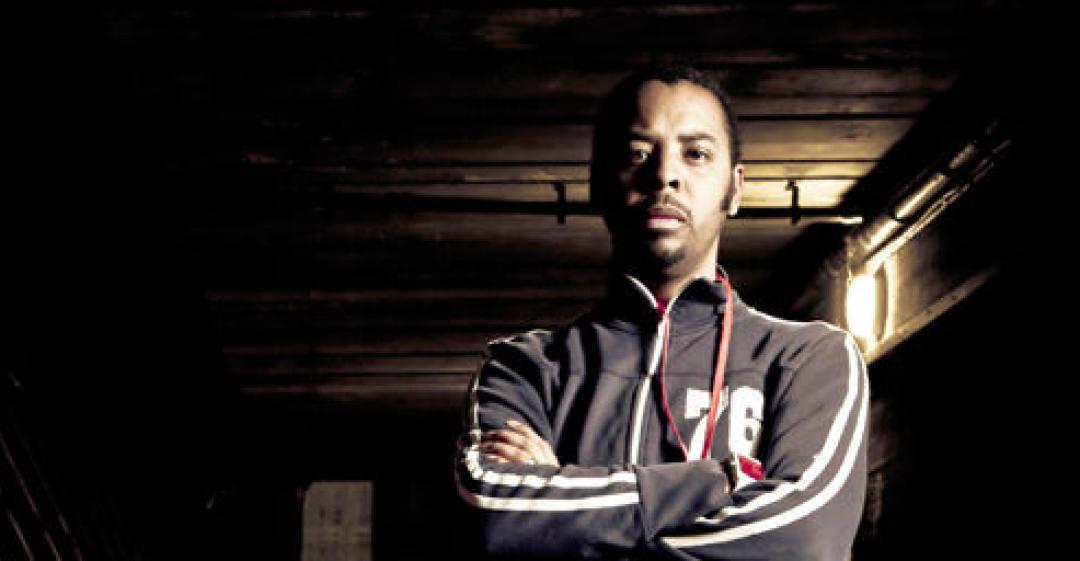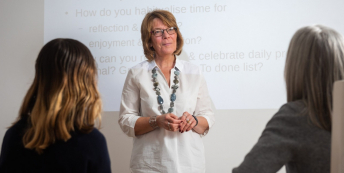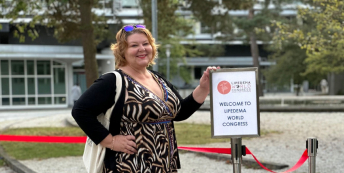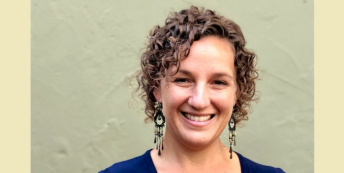“I don't miss having to 'design by committee', or the office politics.”

What was your role and lifestyle like in your old job?
I was the Art Editor of a high-end audio and music magazine. I was responsible for all the artwork, which included commissioning photographers, art directing the photo shoots, as well as designing every page. It was really busy all the time as we were working three months ahead. The production line never stopped. Lifestyle-wise it wasn't great – late nights were the norm. On the other hand it was good having the responsibility, creative control and input, but at the end of the day all that hard work was for someone else.
What is/are your new role(s)?
I am now working for myself as a photographer and graphic designer.
Are you happy with the change?
Yes. I'm really happy with the change but it's a little scary when I don't hear from anyone for a few days. I still have to pay the mortgage like everyone else!
Why did you change?
Although I had been wanting to make the jump for a couple of years, in the end I didn't have a great deal of choice. The magazine I was working for was sold to another company and my Art Editor position was made redundant to save costs.
What do you miss and what don't you miss?
I miss the art directing of shoots on such a large scale and the fine-tuning of covers, and some of the people. I miss the day-to-day interaction with a team the most. I don't miss having to 'design by committee' or the office politics.
How did you go about making the change?
The urge to go freelance as a photographer was always there as the two careers, design and photography, had been running parallel for years. I didn't have the financial safety net to make the move until I was offered redundancy.
I immediately updated my website and business and social networking pages with my availability for work, and waited. There wasn't much else I could do after that. This sort of work comes via word of mouth or recommendations. I also contacted magazines and old colleagues, but that was met with a mixed reception. In short, I am making use of every opportunity that I can to network, pass on my business card and tell someone new that I am a photographer and available for work.
How long did the process take from thinking about changing career to actually being in your new career?
The process started around eight years ago, but I had nowhere near enough experience to make a go of it. It's only recently that I have all my ducks lined up – contacts, a creative team of make-up artists, a stylist and a few assistants.
What was the most difficult thing about changing?
The most difficult thing is staying afloat financially, followed by not getting distracted.
What help did you get?
None. I have tried to start reading self-help books but I have found that the time used to read the books could be best used to network and contact clients.
What have you learnt in the process?
1. Choose your friends/enemies wisely - find those who will support you.
2. Put yourself out there - that business card isn't going to deliver itself!
3. In the creative industry, be careful what you tell fellow colleagues/ other networkers.
4. Never give up!
What do you wish you'd done differently?
I wish I had started my photographic freelancing earlier, from the safety of living at my mum’s 10 years previously! Even with the lack of experience I would have had time on my side. I would have been able to assist for free, build contacts and be in a better position now.
What would you advise others to do if they are thinking of changing career?
Try harder, never give up and be prepared to walk away. Get your head straight and return stronger, with more drive and from a different perspective if needed.
You can view Sheradon's work at his website www.sheradondublin.com
What lessons could you take from Sheradon's story to use in your own career change? Let us know in the comments below.



